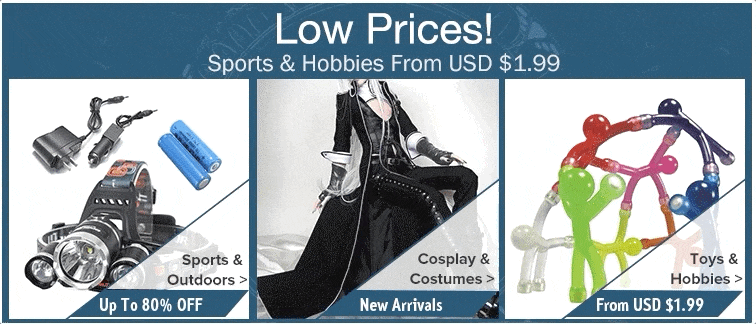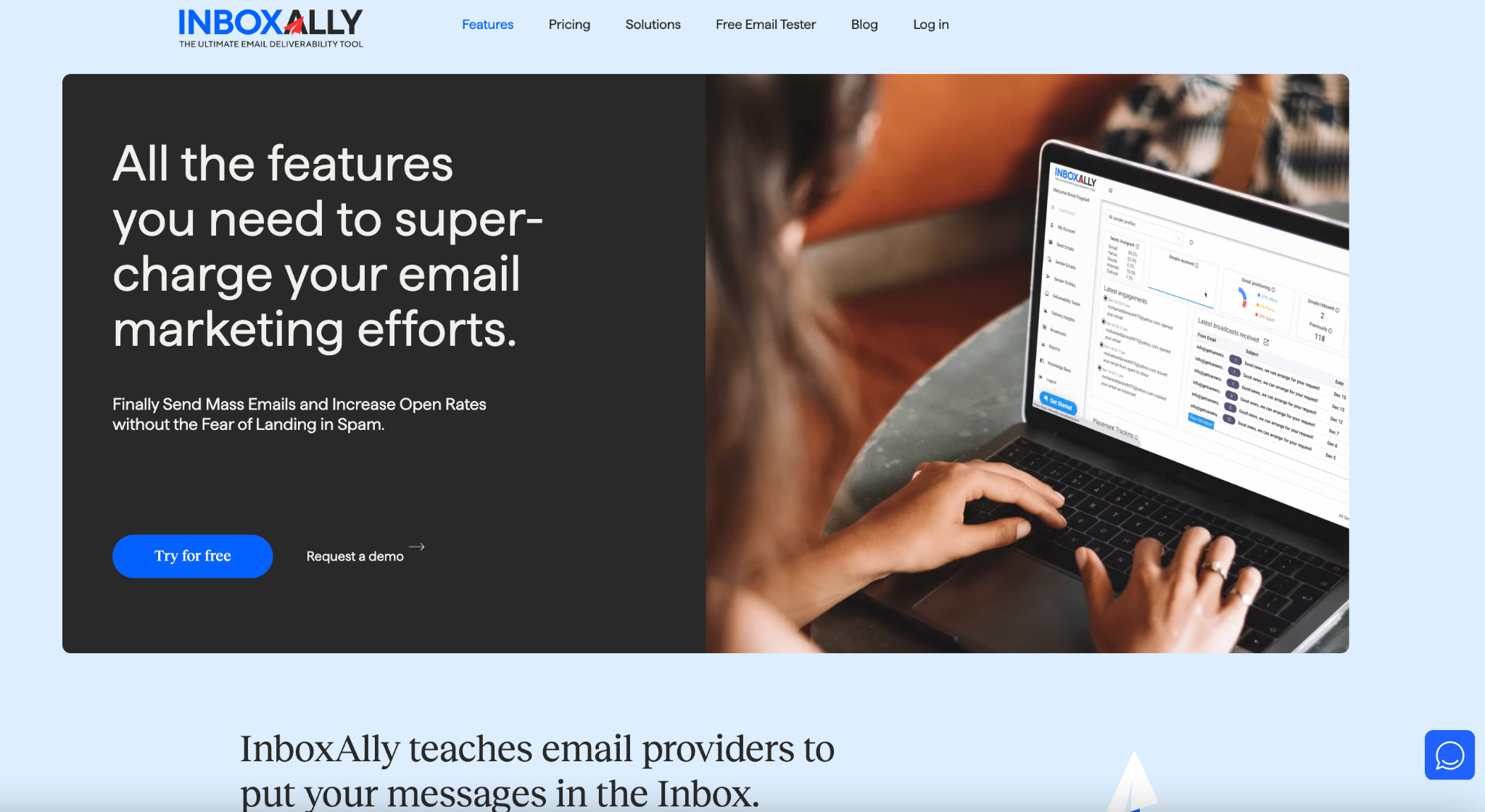The days of generic email blasts are gone. Nowadays, our target audience expects more when they receive an email. They’re also looking for a conversion or a personal connection tailored only for them. This is where interactive emails step into the game.
In fact, they’ve become one of the hottest email marketing trends in 2023. And no, these recent interactive elements in the email go beyond cliché CTAs like “Click Here,” “Buy Now,” and “Read More.”
In 2023, email interactivity has reached a whole new level. We’ve also seen emails complete with navigation menus and even become mini-websites themselves.
Additionally, data reveals that interactive email content increases the click-to-open rate by up to 73%. [1] So, it’s a total game-changer.
Are you ready to learn what interactive emails are and their benefits and create one for your own campaign?
For photographers, a tailored approach is key. Leverage photographer email templates to present your portfolio with style and precision. These custom designs not only captivate your audience but also drive meaningful engagement.
Buckle up as we’re about to discover the fascinating world of interactive emails.
![]() Courtesy: Canva/SergeyNivens
Courtesy: Canva/SergeyNivens
What are Interactive Emails?
Interactive emails contain elements that creatively catch subscribers’ attention and induce engagement and interaction in an email without directing the subscribers to a new browser window.
This type of email also supports user interactivity so that recipients can gain a live experience, often through tapping, swiping, hovering, and other interactive elements.
For instance, recipients of interactive emails can respond to a poll or fill out a survey within the email. Such interactivity improves user experience because valuable content is offered in one place.
8 Different Types of Interactive Emails (Interactive Email Elements)
There are various types of interactive emails or interactive elements that you can add to your emails to change their function, appearance, and more.
To give you inspiration, here are some of the most effective types of interactive emails nowadays:
1. Image Carousels
Galleries or image carousels add visual elements to your email without compromising the overall design. For instance, if you provide professional photography services, you can add photos in the email that users can click through without going to a new page.
This interactive email also allows users to automatically flip through the elements, making the content more interesting. Just remember to use quality photos to be effective.
Enhancing your email with a well-designed ’email graphic’ can make your content more visually appealing and engaging, ensuring that recipients interact with your message rather than simply scrolling past it.
2. Tabbed Content
Another effective type of interactive email is tabbed content.
Having tab menus in email means having internal navigation menus that allow you to fit content in your campaign without cramping the overall design. So, as much as possible, only have one row of tabs to simplify user experience.
Moreover, indicate the active tab clearly by making it appear bigger than inactive tabs or using a different color.
3. Quizzes and Polls
Users love quizzes and polls. They’re fun and engaging, making it feel like their opinions and thoughts are heard. This interactive email element strengthens the users’ bond with your company or brand.
Don’t worry, though. You can create different types of quizzes and polls, whether they’re serious or silly. It all depends on your email marketing strategy and brand.
4. Anchor Tags
Using anchor tags allows your readers to skip to the part of your email that interests them most. They can significantly improve user experience and are mainly used in campaigns rich in content.

5. Form or Radio Button Selection or Review and Rating Submissions
A radio button is a selection indicator, filling a circle if an option is selected.
Using this interactive element in email makes list segmentation easy. They also help increase conversions along with forms.
A review request email is also a great example of these interactive elements. So, there’s no need to ask email recipients to visit a landing page form to submit their review. Instead, they can immediately rate the product or write a review.
6. Hover Effect
Adding a hover effect is another easy way to make your email appear interactive and more interesting. For instance, when the user hovers over an image, it changes the button to add clickability or prompt more text.
7. Add-to-Cart Functionality
This fantastic element in an interactive email enables users to see product options and add the amount within the email. As a result, it makes a more seamless experience than being redirected to a separate landing page.
This feature is also great, especially if you’re sharing new products, in sales, or running time-sensitive campaigns because it adds convenience to your readers.
British Airways uses a countdown clock to their emails, reflecting how long their sales run. This is one of the best examples of an add-to-cart functionality in email.
8. Search Bar Entry
This unique element in your interactive email enables subscribers to search your site from their inbox.
So, check if your email service provider (ESP) supports these different interactive elements so you don’t have to shy away from incorporating interactivity in your emails.

Interactive Emails vs. Traditional Emails
The main difference between these two emails is that interactive emails are more advanced and offer more functionalities than traditional ones.
After all, interactive emails allow the audience to interact with the emails, offering forms, menus, surveys, and clickable buttons right inside the email.
In the table below, let’s look at the fundamental distinctions between the two:
| Interactive Emails | Traditional Emails |
|---|---|
|
|
|
|
|
|
|
|
(i.e., the email clients that support Embedded CSS are only Apple Mai, AOL, and Gmail. |
|
|
|
|
|
Interactive Emails are Superior
Because of the functionalities they provide the recipients, interactive emails are superior to traditional emails. They also convert better. Read on to find out the reasons why.
6 Benefits of Using Interactive Elements in Emails
1. Better User Experience
Writing interactive content in an email provides a better user experience. In fact, many users enjoy the app-like experience, and email marketers are taking advantage of such functionalities to boost their email marketing campaign results.
For instance, recipients can browse the senders’ products and services and scroll through whether to buy the product or service within their email. It gives them the experience of a web page right from their email.
2. Visually Appealing
Sliders, accordions, puzzles, and carousels are only some of the interactive elements that provide readers with a visually appealing experience.
For example, they can browse photos like they do on a website with an image carousel in an email. These elements help users grasp the email content more easily and in a more appealing way.
3. Improved Sharing
Another benefit of adding interactive elements to your email campaigns is they increase social sharing. Consequently, it allows you to promote your offer to a wider audience.
The social sharing buttons are interactive elements that make it easy for users to share the content in a few clicks. This can lead to a viral effect, driving more traffic and sales to your site.
4. Better Targeting
When you send an interactive email to an email client, you can track every click that occurs in that email.
This means that with every interaction the recipient makes, you’ll gain an analysis of their behavior for better targeting and to deliver more relevant content in the future.
Courtesy: Canva/Giuseppe Miglino
5. Reduces Friction in the Conversion Funnel
Friction in your sales or conversion funnel is anything in the sales process where deals get obstructed. It also prevents your potential customer or client from moving through the conversion funnel.
Additionally, a friction-free experience builds brand loyalty and increases conversions. With interactivity in email, it removes drop-offs because users don’t have to undergo many steps after they click. They can complete the whole action in the email itself.
6. Higher Engagements and Conversions
Interactive elements in email spice up your email marketing and lead to higher engagements and conversions. It also keeps your subscribers interested in what you offer and says.
For instance, they can browse product images, solve a puzzle, or respond to a poll to see an exciting offer. These functionalities also drive recipients to take action, increasing conversion over time.

How to Create Interactive Emails
How you create an interactive email depends on the interactive element you want to add. Generally speaking, you can develop an interactive email using HTML and update that change in your email template.
An easier alternative to coding using HTML is relying on an ESP that provides a drag-and-drop email template builder so you can create interactive emails without coding.
Related: Cold Email Template About New Product Launch – 7 Unique and Effective Email Templates
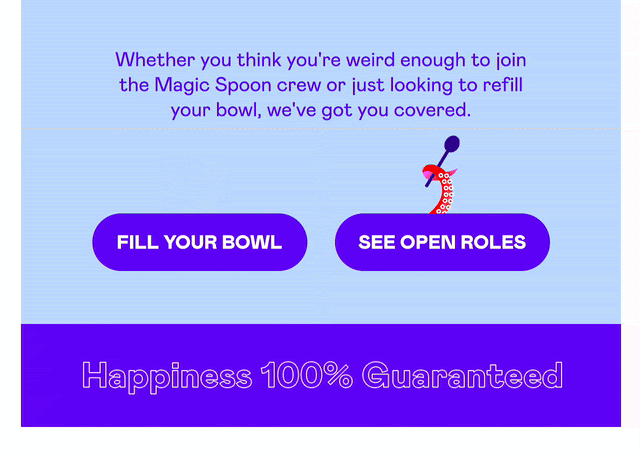
1. Create and Implement CSS-Animated Buttons
CSS animations are the animation property called Cascading Style Sheets (CSS) that allow developers to animate individual HTML elements.
Animating CTA buttons in emails draws readers’ attention and adds gamification to increase engagement. Some email clients that support CSS animation include Apple Mail, the iOS Mail app, and Outlook on macOS.
Some email template builders also have an “Appearance” or “General Settings” tab, where you can enter the “Button” tab. Next, toggle to the button and set your text styles, including font size, type, and font. Then, set the font color and the button color.
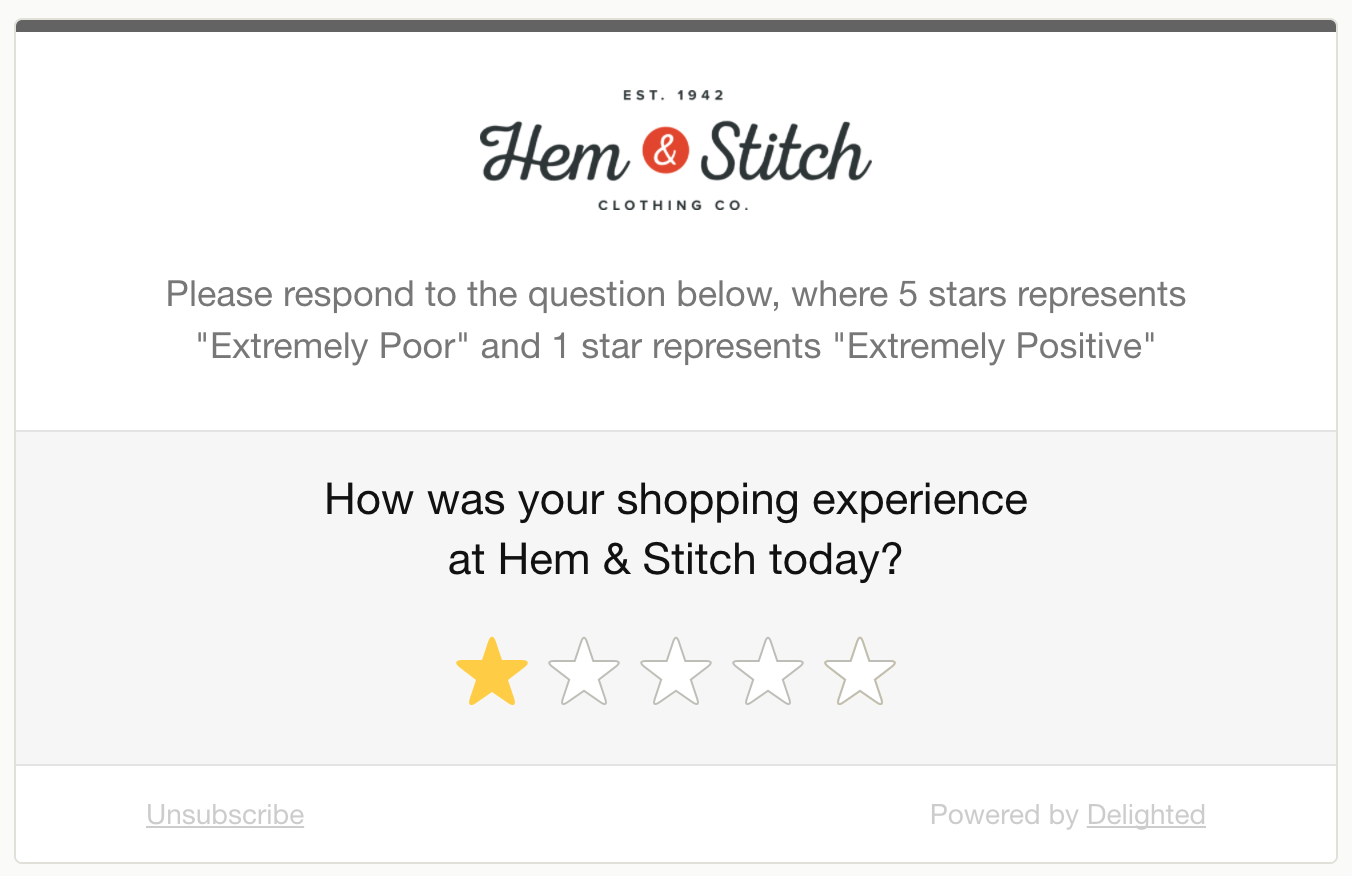
2. Add Star Ratings (and Alternative Star Ratings)
Star ratings allow two-way connections between businesses and clients. It’s also an excellent way to collect customer feedback.
In addition, it’s likewise an opportunity to show users how you respect their time because you don’t have to lead them to external links.
To add star ratings to your email, normally click on your template and open the template editor. There, you can find a Star Rating widget and customize the design based on your needs.

3. Create a Quiz Form
When building interactive emails with a quiz form, you can embed it using Google Forms.
First, create a form in Google Forms, select the “Send via email” option, put your email address, and edit the message and subject if necessary.
Secondly, copy the embed code. Open the form in your email, right-click on it and choose “Inspect.” Find the HTML line that reads:
table align=”center” cellpadding.
Next, hit CTRL+C once highlighted. Remember, don’t use the right-click and copy method for this step.
Finally, add that HTML block to your newsletter template to have a quiz form interactive functionality. Make sure this function is also displayed correctly on different devices. For checkboxes, they’re clickable only on desktops.
Courtesy: Yespo
4. Use the Image Rollover Effect
The basics of the image rollover effect in the email are pretty straightforward:
Simply wrap a link on two photos, hide the alt image, and use :hover pseudo-class to conceal the main photo and show the alternative one when the email recipient hovers over the link.
5. Add Videos to Interactive Emails
Including a video in your own interactive emails can improve click-through rates by 65%. [2]
Moreover, users are more likely to purchase the sender’s services once they can watch the video representing the products or services you promote in the emails.
To add videos to your interactive emails, you can use videos from Vimeo or YouTube, upload your own video, use a code combination, or rely on a third-party tool. These platforms usually allow the embedding of videos.
If possible, use only copyright-free videos to avoid violation. Some use their MP4 video, upload it to a third-party website, and insert the link in the HTML block.
6. Build an Image Carousel
Some platforms make it easier to breathe life into your email marketing campaigns with an image carousel. For instance, you can drag a pre-coded image carousel directly into your email template.
Once you’ve dropped the carousel block, you can choose photos, indicate the destination link of each picture, and add an alternative text. That last step is necessary to score high on email accessibility and prevent your emails from landing in spam.
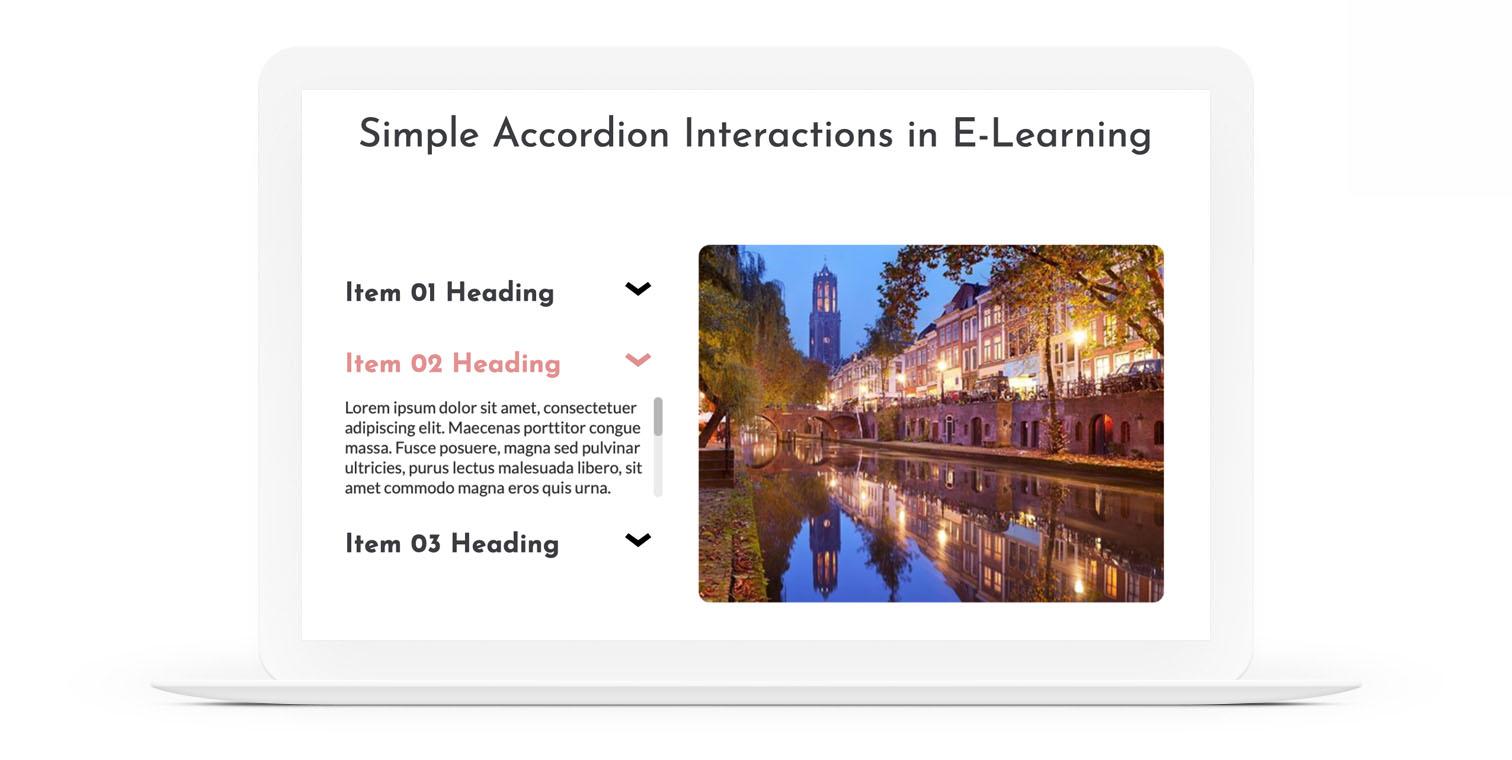
7. Create Accordion Menus
Accordion menus are a lifesaver if you don’t want to send your subscribers a boatload of email content. This is because they only highlight the most essential information of a section and are an element in responsive email design.
Additionally, it hides long texts to save space in emails, which is important when recipients open their emails on mobiles.
To create accordion menus for interactive email marketing, open your email template. Double-click the item in the accordion you hope to change. You can change the font, font size, or text in the code or settings panel.
8. Add Anchor Links in Interactive Emails
Adding internal links in your interactive email is not designed to entertain readers. Still, it will deliver the information they find most interesting faster. They also help navigate long emails.
Depending on your platform, you can usually add anchor links by selecting the text block to which the anchor link will lead the recipients.
Enable Add an anchor link and indicate the anchor name. Next, choose the element that contains the anchor link, and in Link, opt for the anchor name (with a hashtag). Don’t forget to save these changes.
If all these things are hard work, you can rely on experts to do their job. That way, you can focus more on what matters.
Email design professionals are trained to customize your emails to target your audience effectively.
But what’s holding back some marketers from using interactivity in their campaigns?
This disruptive solution in email marketing presents many challenges that hold back some marketers from using interactivity in their campaigns.
Complicated coding process
Some say coding interactive emails is not easy. Some elements in these emails may be straightforward. Still, some require data to be passed from email to the web, which makes it trickier and costly when poorly executed.
An example of this would be the add-to-cart function in emails.
Not all email clients su.
Another reason some marketers don’t use interactivity in their campaigns because not all email clients support such functionality. At most, it’s supported in Apple’s email clients.
In addition, this means markets must code fallbacks (a contingency option used when the external resource or element cannot be used) if the recipients use emails that don’t support interactive features. Without fallbacks, the interactivity feature appears broken.
Less web traffic and app usage
Interactive email elements have a lot of benefits, but they come with tradeoffs, too. For instance, recipients stay in emails longer and are less likely to visit the web or use the app.
Nevertheless, email interactivity has proven its effectiveness in building brand awareness and customer trust. It is also something worth considering in your marketing strategy.
Why Choose InboxAlly as Part of Your Interactive Email Marketing Strategy?
- Proven track record of project deliverance
- We have a team of skilled, enthusiastic, and trained email marketing experts proficient in interactive emails.
- InboxAlly, as a tool, has the best features to improve email deliverability.
- It has features that improve your sender reputation with inbox providers, such as Gmail and Yahoo Mail.
- You can see real-time engagement with your campaign and track progress out of the spam folder.
- Our team helps enrich our clients with user-friendly, responsive, interactive email templates.
Wrap-Up
Your audience will notice the difference when you incorporate the suggestions we shared above in interactive emails. It will also be more likely to engage with your present and future emails, no matter how subtle or big the interactive element in your email is.
Remember, you don’t have to be a marketing expert to understand that brand engagement aims to create a favorable impression of your product or service.
Additionally, understand that their inboxes are personal spaces to build trust with your potential audience through email.
Don’t overwhelm it with constant promotions and irrelevance. Instead, put value first and strive to make every email worth anticipating.
P.S. Always conduct an A/B test on your campaigns when you add interactive elements. Send to different email addresses and open them using other devices to check whether all interactive features work.
Good luck, and happy emailing!
Build a winning email marketing campaign with InboxAlly, the ultimate deliverability tool. Try it now for free.
Footnotes:
[1] https://www.spiceworks.com/marketing/marketing-automation/
[2] https://www.campaignmonitor.com/resources/knowledge-base/what-is-the-average-ctr-from-videos

